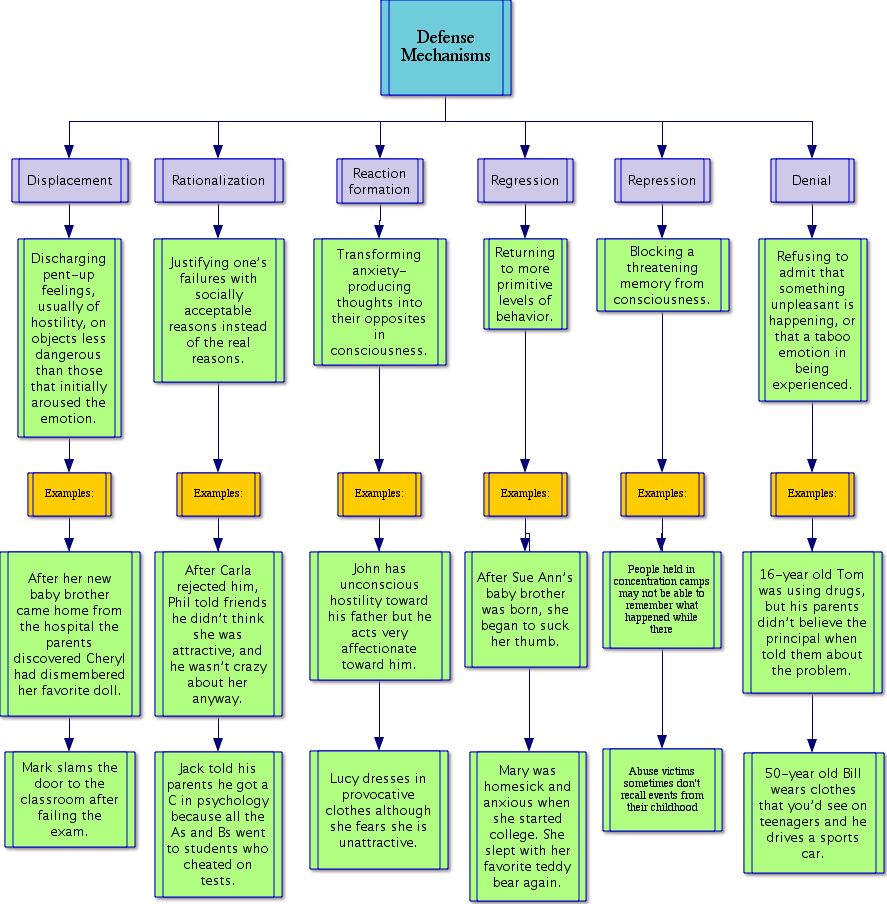Founded By:
Sigmund Freud (1856-1939)Key Concepts:
*View of human nature: "According to Freud, our behavior is determined by irrational forces, unconcious motivations, and biological and instinctual drives..." (Corey p.65).*Personality is comprised of three systems: the id, the ego, and the superego.
*Id- Ruled by the pleasure principle
*Ego- Ruled by the reality principle
*Superego- Mainly concerned with good vs. bad and right vs. wrong strives for
perfection not pleasure
*Three kinds of anxiety: reality, neurotic, and moral
*Reality- Fear of danger from world; external
*Neurotic- Fear instincts will get out of hand; internal
*Moral- Fear of own conscience; internal
*Ego-defense mechanisms: Way of coping with anxiety and prevent overwhelming
*Examples are repression, denial, projection, etc.

Goals of Therapy:
*Make the unconcious conscious*Strengthen the ego which results in changing the individual's personality
*Analyze past experiences to gain self-understanding
Techniques:
*Maintain analytic framework:*Therapist maintains relative anonymity
*Maintains neutrality and objectivity
*Consistent meetings
*Begin and end sessions on time
*Clarity on fees
*Therapist avoids giving advice and imposing their values
*Free association- Client encouraged to say whatever comes to mind
*Interpretation-Therapist explains the meaning of behavior
*Dream analysis:
*Latent content- Hidden, symbolic, and unconscious contains sexual and aggresive impulses
*Manifest content- More acceptable and less threatening content
*Analysis and interpretation of resistance- Anything working against the progress of the therapy
*Analysis and interpretation of transference- Past relationships distort the present with the therapist
References
Corey, G. (2013). Theory and practice of counseling and psychotherapy. Belmont, CA: Brooks/Cole.
cca1103lumofrog.wordpress.com "Freud's Theory of the Personality."
try-therapy.com "Development of Personality."
Very good job!
ReplyDeletePlease remind me to show your chart from this about Defense mechanisms when we discuss them in class.
Grade = 10/10